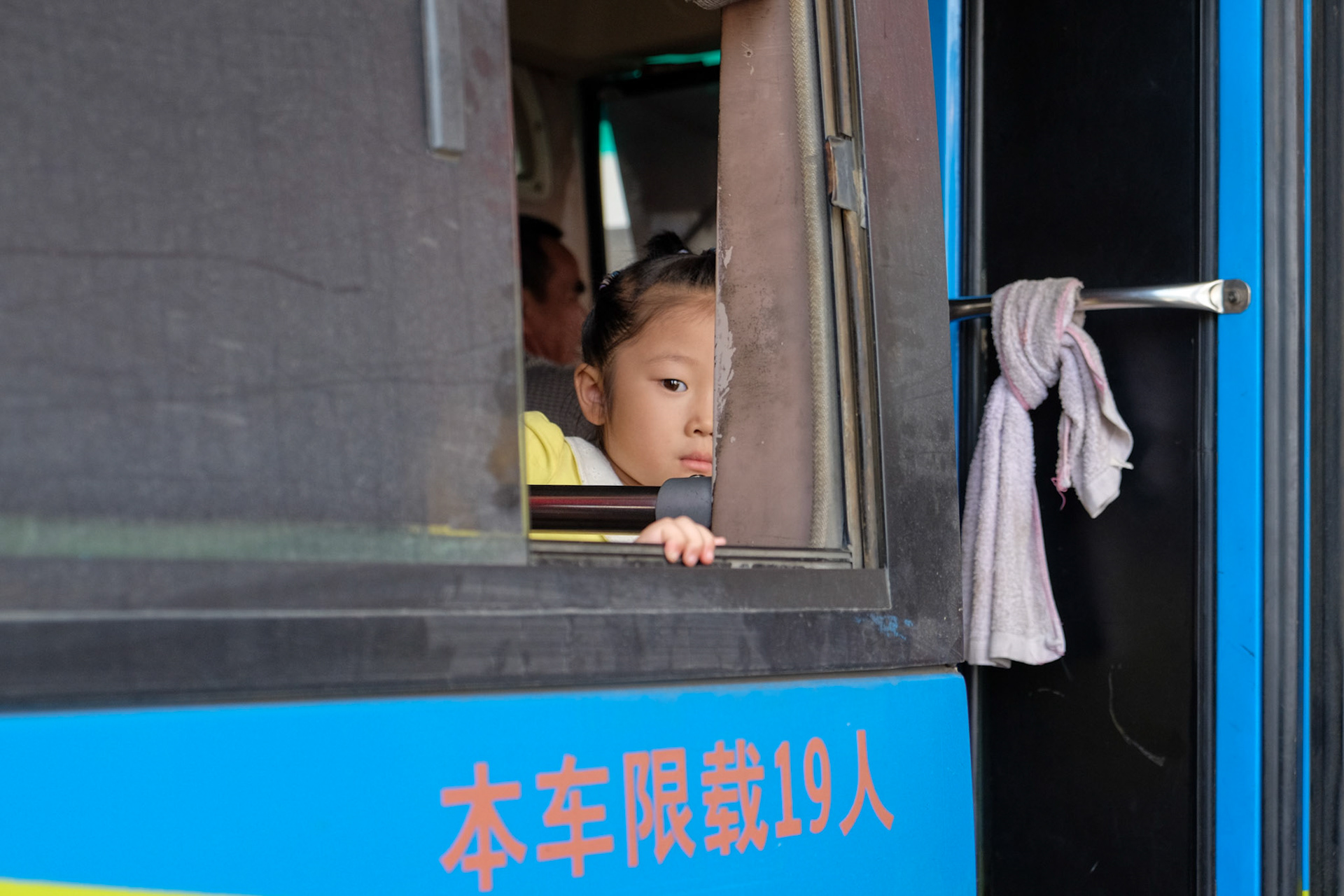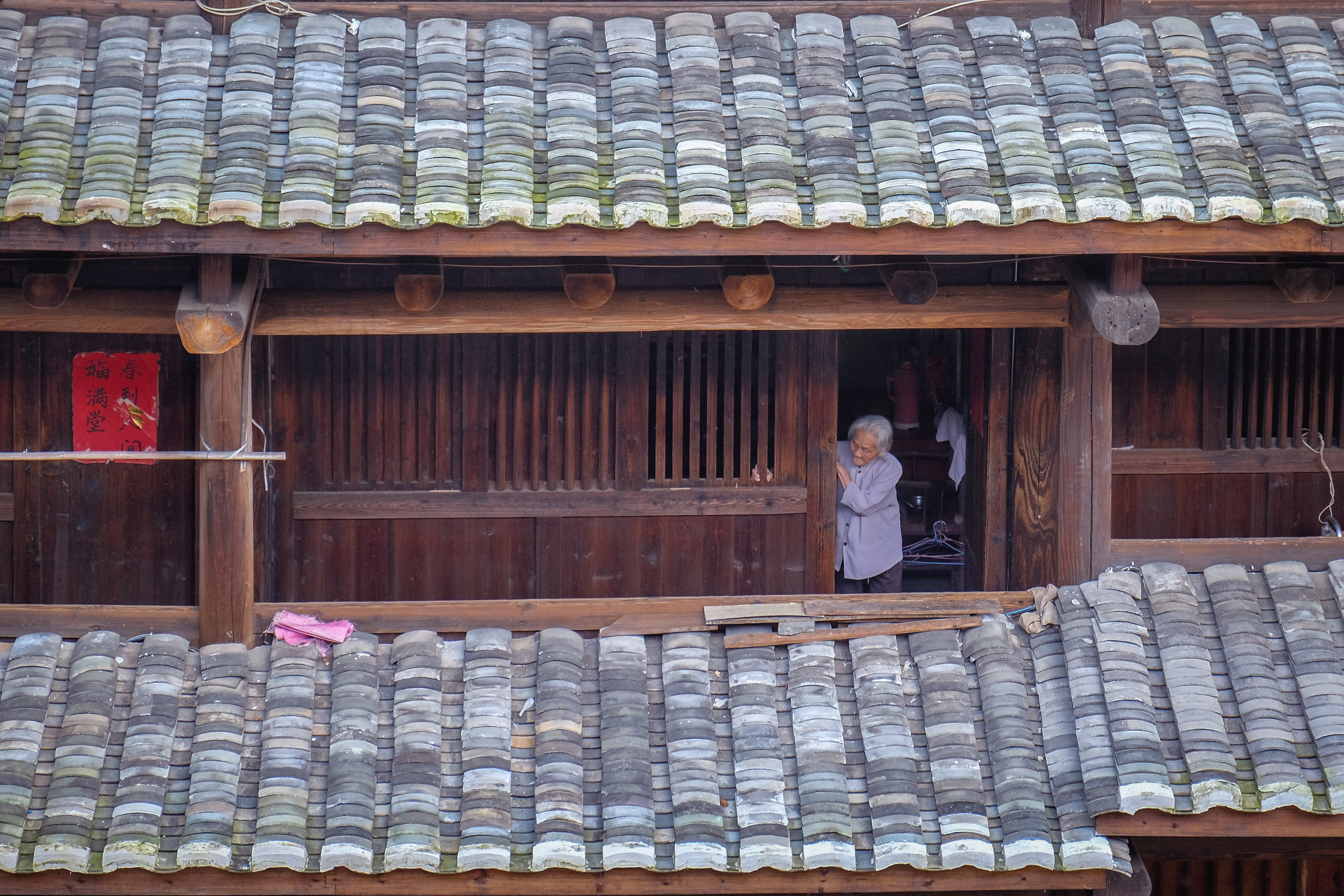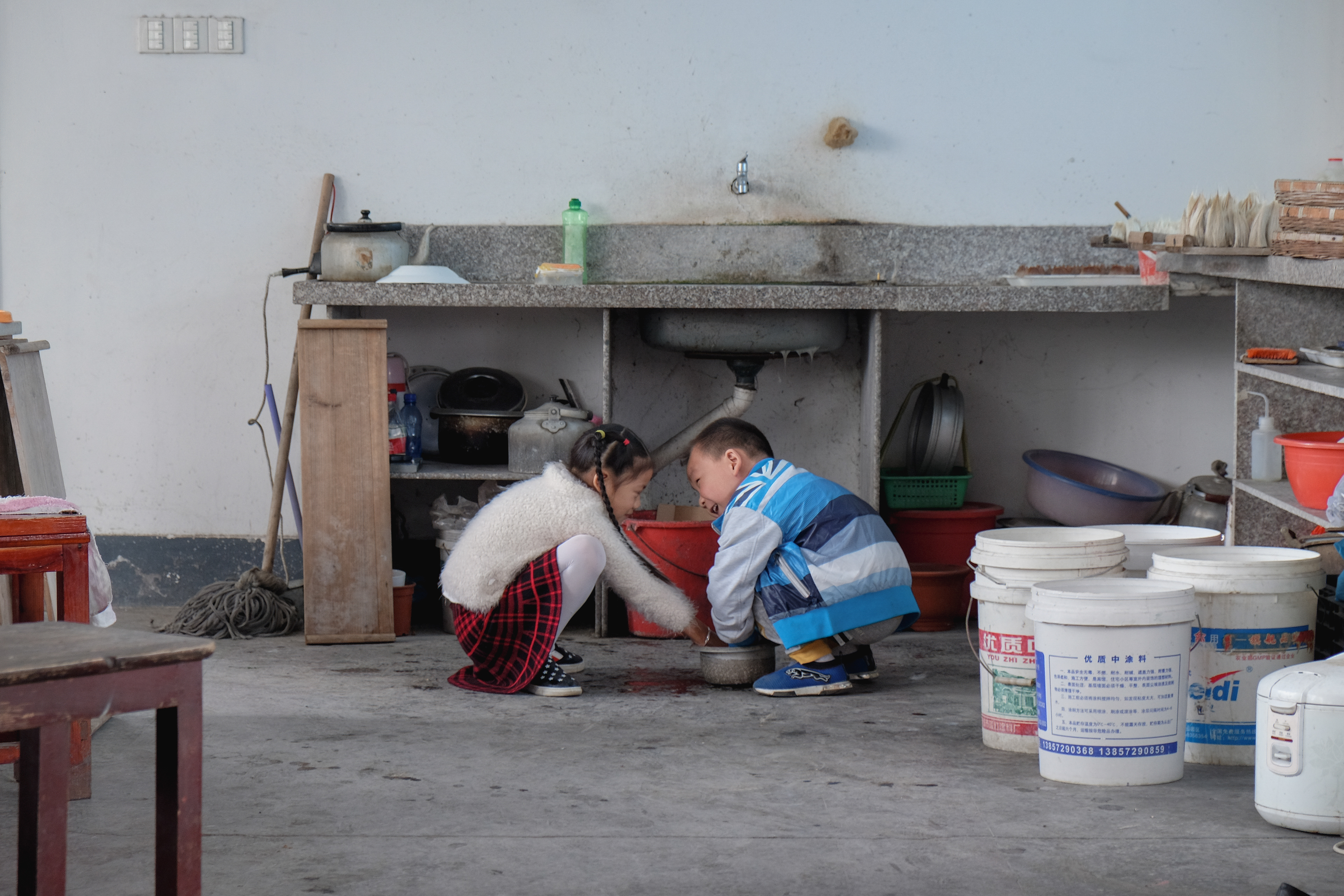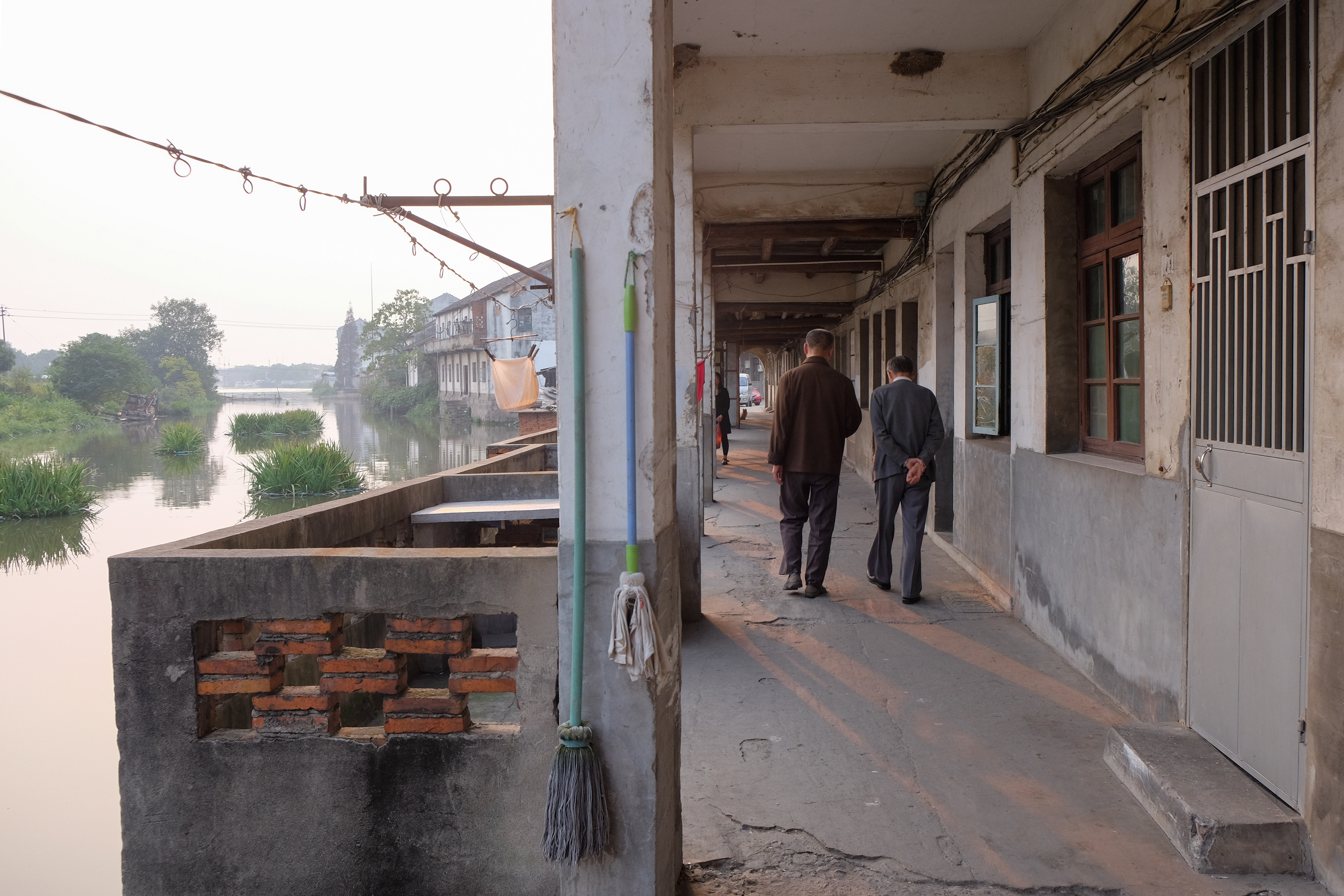Gulangyu, Fujian, 2015
On January 1, 2016, the Chinese government officially declared the end of the infamous One-Child policy (一孩政策), which had restricted the majority of Chinese families to having no more than one child per couple for 35 years. Introduced in the late 1970s as a provisional solution to curb population growth and sustain the economic development, the policy quickly became a symbol of the oppressive measures implemented by the Chinese leadership in its attempt to socially engineer the population for the sake of national greatness.
Almost four decades later, China is a completely transformed country. The fears of overpopulation have long gone, as has the young workforce that once fueled the nation’s economic boom. Sustained declines in birth and fertility rates, coupled with improved life expectancy, have caused the population to shrink and age—an issue common to many developed countries, but unfolding in China at an unprecedented pace and at a much earlier stage of its development.
Higher costs of living, decreasing wages, and the overall the economic pressures of China's hyper-competitive state capitalism have, in the long run, discouraged many couples from having children. As the younger population continues to shrink, the traditional responsibility of caring for elderly family members falls on fewer shoulders. While the looming demographic crisis threatens the leadership’s “Chinese Dream” by hampering future economic prospects nationwide, it is in rural areas that the highest human cost of this trend is being paid.
Shot between 2015 and 2016 across the provinces of Zhejiang, Fujian, and Hebei, “Shifting Demographic” is a collection of visual testimonies documenting of how China’s demographic crisis has transformed rural communities. With villages emptied of working-age adults – who often migrate to coastal metropolises in search for better job opportunities – the two segments of the population most affected by this crisis, namely children and elderly people, are left behind to care for one another. Although the image of villages predominantly inhabited by toddlers and old people may evoke - especially in the eyes of a foreigner – a tender and intimate image of the country, the underlying truth behind these scenes reveals the consequences of decades of failed social engineering policies, growing economic uncertainty, and an overwhelming sense of neglect.








